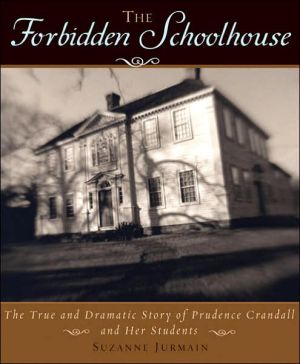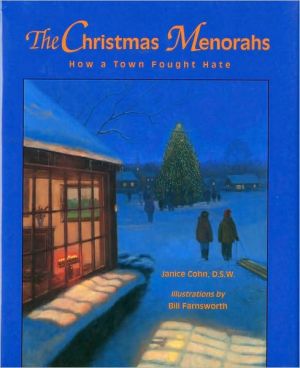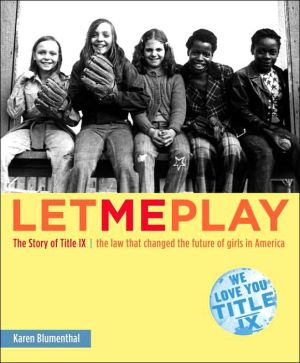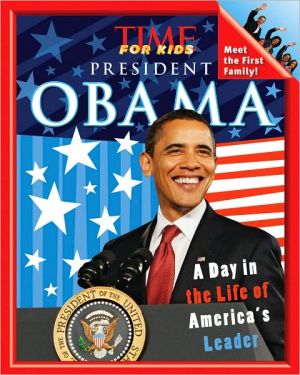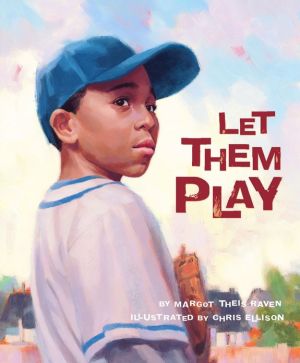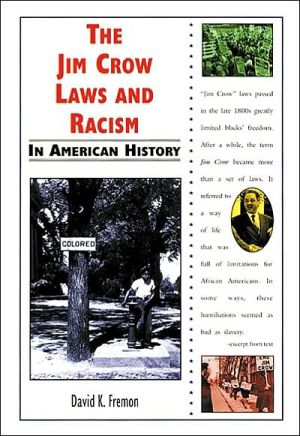Forbidden Schoolhouse: The True and Dramatic Story of Prudence Crandall and Her Students
They threw rocks and rotten eggs at the school windows. Villagers refused to sell Miss Crandall groceries or let her students attend the town church. Mysteriously, her schoolhouse was set on fire—by whom and how remains a mystery. The town authorities dragged her to jail and put her on trial for breaking the law.\ Her crime? Trying to teach African American girls geography, history, reading, philosophy, and chemistry. Trying to open and maintain one of the first African American schools in...
Search in google:
They threw rocks and rotten eggs at the school windows. Villagers refused to sell Miss Crandall groceries or let her students attend the town church. Mysteriously, her schoolhouse was set on fire—by whom and how remains a mystery. The town authorities dragged her to jail and put her on trial for breaking the law.Her crime? Trying to teach African American girls geography, history, reading, philosophy, and chemistry. Trying to open and maintain one of the first African American schools in America.Exciting and eye-opening, this account of the heroine of Canterbury, Connecticut, and her elegant white schoolhouse at the center of town will give readers a glimpse of what it is like to try to change the world when few agree with you. The Washington Post - Karen MacPhersonIn 1833, a white woman named Prudence Crandall fought a lonely battle against racism when she opened the first New England academy for young African American women in Canterbury, Conn. In her riveting book, The Forbidden Schoolhouse, Suzanne Jurmain highlights the huge odds faced by Crandall, a young single woman in a world run by men.
\ From the Publisher"Jermain has plucked an almost forgotten incident from history and has shaped a compelling, highly readable book around it."—Booklist, starred Booklist, ALA, Starred Review\ "Fascinating photographs and images...and endnotes provide insight into the lives of the students, Crandall, and her supporters."—Horn Book Horn Book\ "This book offers a fresh look at the climate of education for African Americans and women in the early 1800s."School Library Journal School Library Journal\ "A captivating read."—Kirkus Reviews Kirkus Reviews\ \ \ \ \ \ Karen MacPhersonIn 1833, a white woman named Prudence Crandall fought a lonely battle against racism when she opened the first New England academy for young African American women in Canterbury, Conn. In her riveting book, The Forbidden Schoolhouse, Suzanne Jurmain highlights the huge odds faced by Crandall, a young single woman in a world run by men.\ —The Washington Post\ \ \ Children's LiteratureThis is an excellent story of Prudence Crandall, a teacher who in the early 1830s opened an academy in Canterbury, Connecticut, for African American girls and young women. White people in the small town greeted the new school with arson, vandalism, and physical threats—in addition to petitioning the state legislature to pass the Connecticut Black Law, which made it illegal for blacks from other states to attend school in Connecticut. After struggling for two years, Crandall had to close her school. Then she had to defend herself against charges of violating the Black Law. Crandall hoped to prove the law unconstitutional, but she was acquitted on a technicality. Nonetheless, Crandall was an activist and a hero in the nascent abolitionist movement. This book includes extensive source notes and a bibliography. 2005, Houghton Mifflin, Ages 10 to 12. \ —Michael L. Cooper\ \ \ \ \ School Library JournalGr 7-9-Jurmain describes the difficulties Crandall faced when she decided to open a school for African-American females in Canterbury, CT. Although she had the support of William Lloyd Garrison, editor of the antislavery publication the Liberator; Reverend Samuel May, a Unitarian minister; and others, her hard work met resistance in the form of riots, arson, and a jail sentence. Black-and-white photos highlight the key players and the famed schoolhouse. The appendix lists the courageous students who attended the school along with a few facts about them, including how their futures played out after the institution was forced to close. This book offers a fresh look at the climate of education for African Americans and women in the early 1800s. Report writers and recreational readers alike will find it informative.-Kelly Czarnecki, Bloomington Public Library, IL Copyright 2005 Reed Business Information.\ \ \ \ \ Kirkus ReviewsPrudence Crandall never set out to be a revolutionary-just a teacher. But when she made the bold decision to admit African-American girls to her exclusive girls' academy in Canterbury, Conn., she made a conscious decision to change her life forever. As the white parents of Canterbury would not allow their daughters to attend school with black students, Crandall closed it altogether, reopening it as a boarding school for middle-class black girls in 1833, with help from her Quaker family and William Lloyd Garrison, among others. It was a short-lived enterprise, however, as opposition both legal and vigilante finally forced her to close less than two years later. Jurmain adopts a storyteller's voice to tell the tale, lacing it with excerpts from primary sources, but always locating readers in the emotional heart of the conflict. This makes for a fast-paced read; well-placed images depict both the principal players and the interior of the Crandall school (now a museum). Closing chapters fill in the details of Crandall's later life and sketch the subsequent history of school integration. (appendices, notes, bibliography, index) (Nonfiction. 10+)\ \
